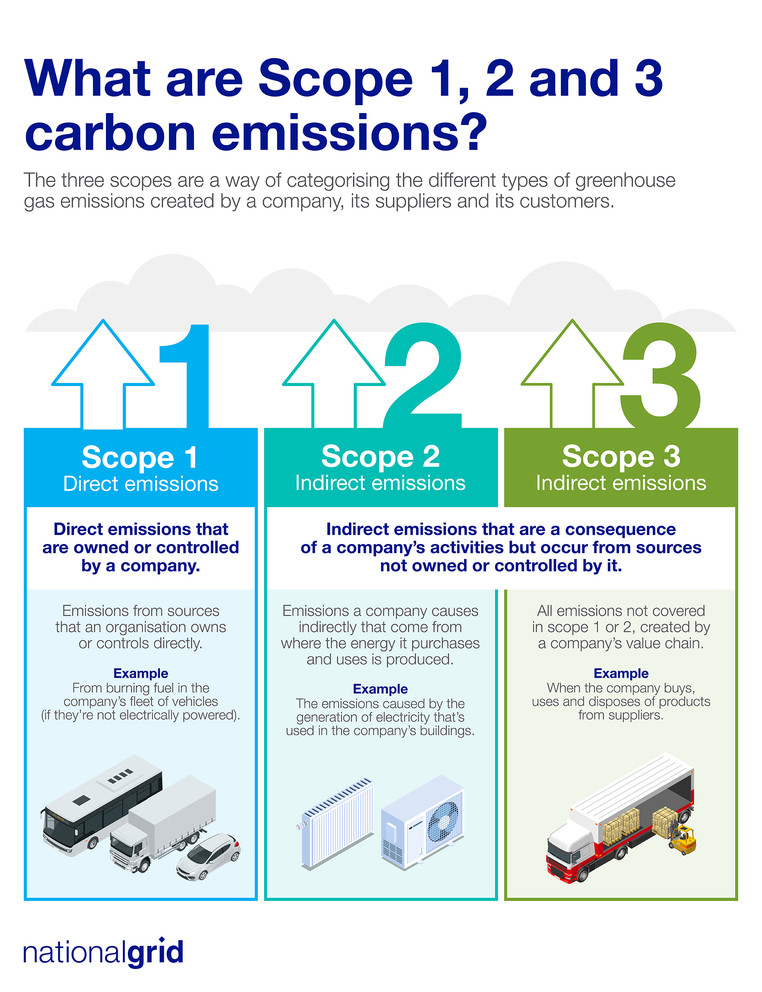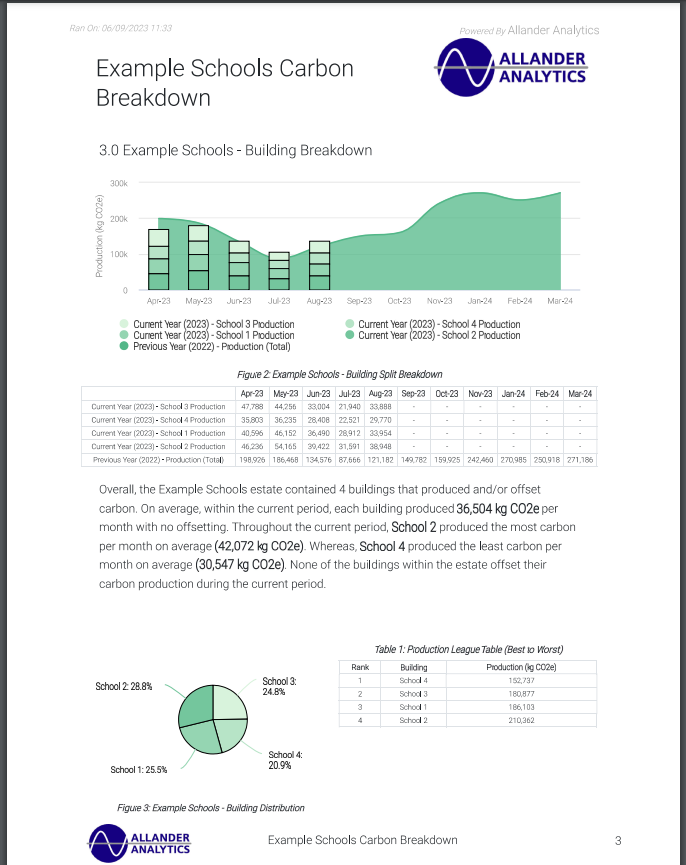Carbon Reporting
BuildingBook's Take on Carbon Reporting
Carbon reporting refers to the practice of quantifying and disclosing the amount of carbon dioxide (CO2) and other greenhouse gas emissions produced by an entity, such as a company or a national grid. This process involves measuring, tracking, and reporting the emissions associated with various activities and operations. Carbon reporting is essential for understanding the environmental impact of these activities and for making informed decisions about reducing emissions to mitigate climate change.

The term "scopes" is commonly used to categorise and differentiate various sources of emissions in carbon reporting. These scopes were developed by the Greenhouse Gas Protocol, a widely recognised accounting tool for quantifying and managing greenhouse gas emissions.
The three scopes are as follows:- Scope 1: Direct Emissions - This includes direct greenhouse gas emissions that result from sources that are owned or controlled by the reporting entity. For example, emissions from on-site combustion of fossil fuels in boilers, furnaces, or vehicles fall under Scope 1. These emissions are considered direct because they are directly produced by the organisation's activities.
- Scope 2: Indirect Emissions (Energy Indirect) - This includes emissions associated with the consumption of purchased electricity, heat, or steam. These emissions are not produced directly by the reporting entity but are a result of the entity's energy consumption. Scope 2 emissions are considered indirect because they result from activities that the organisation has control over but are not directly produced by it.
- Scope 3: Other Indirect Emissions - This category includes all other indirect emissions that occur in the value chain of the reporting entity. This can include emissions from sources like business travel, employee commuting, supply chain activities, waste generation, and more. Scope 3 emissions are often the most challenging to track and manage since they encompass a wide range of activities both upstream and downstream of the reporting entity.
When it comes to the national grid, carbon reporting involves measuring and disclosing the emissions associated with generating electricity and delivering it to consumers. The national grid may report its emissions in terms of these three scopes. For instance, Scope 1 emissions might include emissions from power plants owned by the grid operator, Scope 2 emissions could encompass emissions from purchased electricity, and Scope 3 emissions might involve the indirect emissions related to the grid's overall operations.

Carbon reporting, especially when done transparently and accurately, helps organisations and governments set emission reduction goals, track progress, and communicate their environmental performance to stakeholders and the public. It's a crucial component of efforts to mitigate the impacts of climate change.
BuildingBook employs this innovative approach to instantly generate carbon reports for any selected site. It meticulously calculates each scope in alignment with national grid specifications and delivers a user-friendly, insightful report. These reports comprehensively cover all three scopes of carbon emissions and can be conveniently segmented into individual sections for a deeper understanding. What sets BuildingBook apart is its ability to calculate scope offsets, providing a holistic view of your carbon footprint. The reports employ CO2e (Carbon Dioxide Equivalent) as the unit of measurement for carbon emissions, ensuring accuracy and consistency.
Furthermore, BuildingBook empowers users with a highly customisable reporting platform, much like the example you've seen. You can tailor reports to your specific needs, effortlessly exporting them into PDF format for easy access and seamless sharing. With BuildingBook, you gain the tools to efficiently manage your data and insights, aligning them precisely with your objectives and preferences.